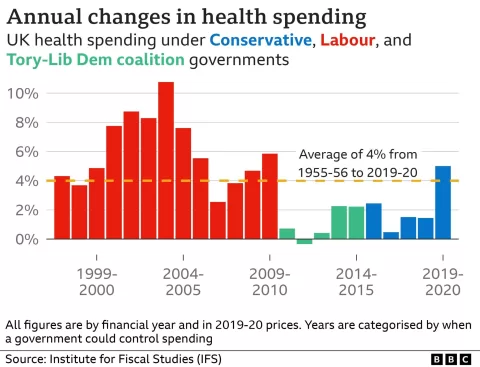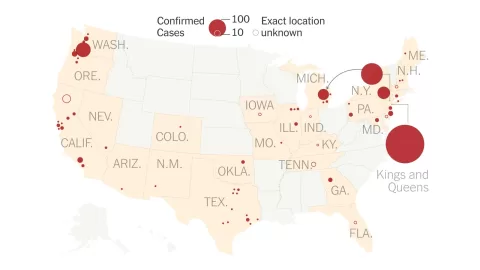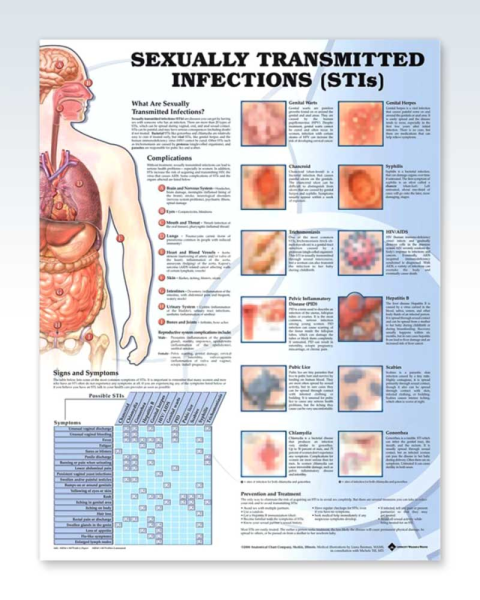In recent years, the importance of **Candida auris screening** has gained significant attention, particularly due to the alarming rise of antifungal-resistant strains and their impact on patient health. Candida auris, a multidrug-resistant yeast, poses serious risks in healthcare settings, where it can spread easily among vulnerable populations. Screening for C. auris colonization is vital for identifying at-risk patients and preventing the progression to severe **C. auris infections**. With a staggering 6.9% of those screened transitioning to clinical cases, the need for effective healthcare safety measures has never been clearer. Recognizing the potential for **C. auris colonization** to lead to life-threatening outcomes necessitates a proactive approach in managing this emerging threat.
The assessment of **C. auris screening** has become an imperative aspect of infection control strategies in healthcare facilities. This emerging yeast, often associated with **Candida auris clinical cases**, continues to challenge medical professionals due to its marked **antifungal resistance** and ability to persist on skin surfaces. Patients identified as colonized are not only at risk for developing serious infections but also contribute to the spread within clinical environments, necessitating rigorous screening protocols. By focusing on early identification and monitoring, healthcare providers can enforce robust healthcare safety measures aimed at curtailing the progression of **C. auris infections**. Such initiatives are critical in safeguarding patient health and mitigating the threats posed by this formidable pathogen.
Understanding Candida auris Colonization and Its Implications
Candida auris colonization presents significant risks, particularly in vulnerable healthcare settings. Patients may carry the yeast asymptomatically, which allows it to persist on the skin for extended periods without triggering infection. Such carriers can inadvertently transmit C. auris to other patients, especially in places like long-term acute care hospitals (LTACHs) and acute care hospitals (ACHs). The reality of C. auris colonization underscores the importance of thorough screening protocols and patient isolation strategies to mitigate the spread of infections.
Notably, recent studies have shown that up to 6.9% of patients identified with C. auris colonization eventually develop invasive infections. This relationship illustrates the critical need for healthcare providers to recognize colonization as a precursory stage for potential clinical cases. Preventative measures, such as implementing rigorous infection control practices and considering treatment for decolonization among at-risk patients, can significantly reduce the occurrence of C. auris infections.
Frequently Asked Questions
What is Candida auris screening and why is it important?
Candida auris screening is a laboratory test designed to detect C. auris colonization in patients, particularly those with high-risk healthcare exposures. It is critical for identifying individuals who might develop invasive C. auris infections, which have high mortality rates. Early detection through screening helps implement healthcare safety measures to prevent outbreaks.
How does C. auris colonization lead to invasive infections?
C. auris colonization occurs when the yeast resides on a patient’s skin without causing symptoms. However, this colonization can progress to invasive infections, especially in vulnerable individuals, leading to severe health complications. Screening for Candida auris colonization aids in monitoring and managing these risks effectively.
What are the risk factors for C. auris colonization and infection?
Risk factors for Candida auris colonization and subsequent infection include prolonged hospitalization, use of invasive medical devices, and exposure to healthcare settings where C. auris is present. Understanding these factors is vital for implementing effective screening and preventive healthcare safety measures.
What is the relationship between antifungal resistance and Candida auris infections?
Candida auris is notably associated with antifungal resistance, complicating treatment options for infections. This resistance underscores the importance of Candida auris screening, as it helps identify potential carriers who might contribute to the spread of resistant strains within healthcare environments.
How often should patients be screened for C. auris colonization?
Patients should be screened for C. auris colonization based on specific risk factors and healthcare settings. The CDC recommends targeting high-risk patients, particularly in long-term acute-care and acute-care hospitals, to improve early detection and prevent subsequent clinical cases.
What measures can be taken to prevent C. auris infections in healthcare settings?
Preventive measures against C. auris infections include regular screening for colonization, implementing strict hygiene protocols, and isolating patients with confirmed colonization. These healthcare safety measures are essential to reduce transmission and protect vulnerable populations from invasive C. auris infections.
How have C. auris screening practices evolved from 2016 to 2023?
From 2016 to 2023, C. auris screening practices have intensified due to increasing recognition of the yeast’s invasive potential and antifungal resistance. Enhanced surveillance and data collection have improved understanding of colonization dynamics, leading to more structured guidelines for screening in high-risk healthcare facilities.
What are the implications of positive C. auris screening results for patient management?
Positive Candida auris screening results necessitate proactive patient management, including possible decolonization strategies and heightened infection control measures. Such actions are crucial to prevent the progression from colonization to invasive C. auris infections, which can be life-threatening.
What resources are available for understanding and managing Candida auris infections?
Healthcare professionals can refer to the CDC and local health department guidelines for resources on Candida auris screening, management, and infection control practices. These resources provide vital information for addressing C. auris infections effectively in clinical settings.
Are there specific populations that require targeted Candida auris screening?
Yes, targeted Candida auris screening is particularly crucial for populations such as patients in intensive care units, those undergoing surgery, and individuals with prolonged hospital stays. These groups are at higher risk for colonization and subsequent infections, making screening vital for timely intervention.
| Key Point | Details |
|---|---|
| Candida auris Overview | An emerging yeast that can colonize patients and is often resistant to antifungal treatment. |
| Colonization Statistics | From 2016 to 2023, 21,195 patients in the US tested positive for C. auris colonization, of which 6.9% developed clinical cases. |
| Invasive Infection Rates | Clinical infections have mortality rates between 30% and 72%, highlighting the serious threat C. auris poses. |
| High-Risk Facilities | Most StC (Screening to Clinical) events occurred in long-term acute-care hospitals and acute care hospitals. |
| Screening Recommendations | The CDC recommends screening high-risk patients to prevent invasive C. auris infections. |
| Need for Further Research | Further studies are needed to explore effective patient’s decolonization strategies. |
Summary
Candida auris screening is crucial for identifying colonized patients who may be at risk of developing severe infections. The data from 2016 to 2023 reveals a concerning trend in the progression from colonization to clinical cases, underscoring the importance of ongoing surveillance and innovative strategies to manage and mitigate this emerging health threat.
The content provided on this blog (e.g., symptom descriptions, health tips, or general advice) is for informational purposes only and is not a substitute for professional medical advice, diagnosis, or treatment. Always seek the guidance of your physician or other qualified healthcare provider with any questions you may have regarding a medical condition. Never disregard professional medical advice or delay seeking it because of something you have read on this website. If you believe you may have a medical emergency, call your doctor or emergency services immediately. Reliance on any information provided by this blog is solely at your own risk.








